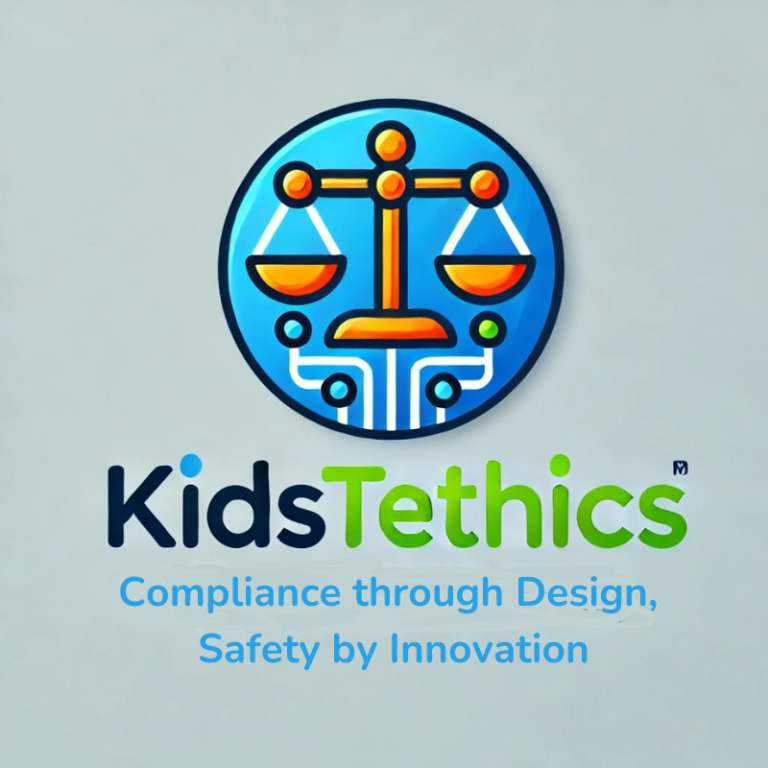
As artificial intelligence rapidly advances, there is a growing sense of an intensifying ethical gravity surrounding its development. Calls for oversight and regulation have escalated quickly from faint warnings to urgent alarms. It feels like we are accelerating into a moral quandary, struggling to grasp its implications.
This phenomenon mirrors the physics of light approaching a black hole’s event horizon, where increasing gravitational forces stretch wavelengths toward the red end of the visible spectrum. Just as gravitational redshift accelerates near the boundary of a black hole, the pace of AI progress seems to exert a quickening “moral gravity” – an ethics horizon we must adapt to keep pace with. While some believe technical audits are sufficient, true oversight requires external AI governance aligning internal ethics to public accountability.
Like photons stretched by increasing gravitational pull, values like transparency and accountability face escalating tests as AI systems grow more complex. Issues once distant like data bias now loom larger, their urgency felt most by those engineers and researchers directly advancing AI technologies. Just as spacetime distortions are only visible near the edge of a black hole, ethical dilemmas surface earlier for those operating on the frontlines of progress.
For senior business leaders further from day-to-day development, however, these hazards may appear more abstracted. As with astronauts escaping a black hole’s grasp, teams immersed in AI must effectively communicate mounting risks to executives guiding strategy. Translating the vocabulary around algorithms and ethics can prevent dangerous divides in outlook.
Organizations should examine their readiness for AI’s quickening ‘moral gravity’. Leaders need current context on technical skills and ethical imperatives, not just legacy business objectives. Pairing executive oversight with voices from the frontlines is key, ensuring policies are responsive to on-the-ground realities. Just as unified theories combine perspectives on cosmic phenomena, ethics boards should blend technical expertise with leadership wisdom and foresight.
The trajectory of AI may feel inexorable, but it is not unstoppable. With vigilance, education, and collective insight, we can calibrate our safeguards to match the accelerating pace of progress. Like the shift from blue to red light as a black hole draws near, our values may be tested as we move toward advanced AI, but they need not break under the strain. Maintaining ethics and oversight in step with innovation remains within our grasp.
As AI capabilities escalate, organizations must act now to implement structures that elevate oversight before reaching an ethics horizon. FERTŌ (Fractional Ethical and Responsible Technological Oversight) services can provide critical just-in-time governance tailored to an organization’s needs. By distributing ethical audits, training, and advisory panels across companies, FERTŌ translates on-the-ground realities to leaders navigating increasingly consequential decisions. Like a spacetime buoy warning approaching spacecraft, FERTŌ flags risks, aligns values, and keeps organizations oriented amidst AI’s mounting “moral gravity.”
Rather than being passive observers, we can proactively safeguard ethics through services like FERTŌ . With the right precautions, AI’s quickening pace does not have to outrun our capacity to develop technology conscientiously. We still have an opportunity to let wisdom and foresight guide us down this accelerating path.
